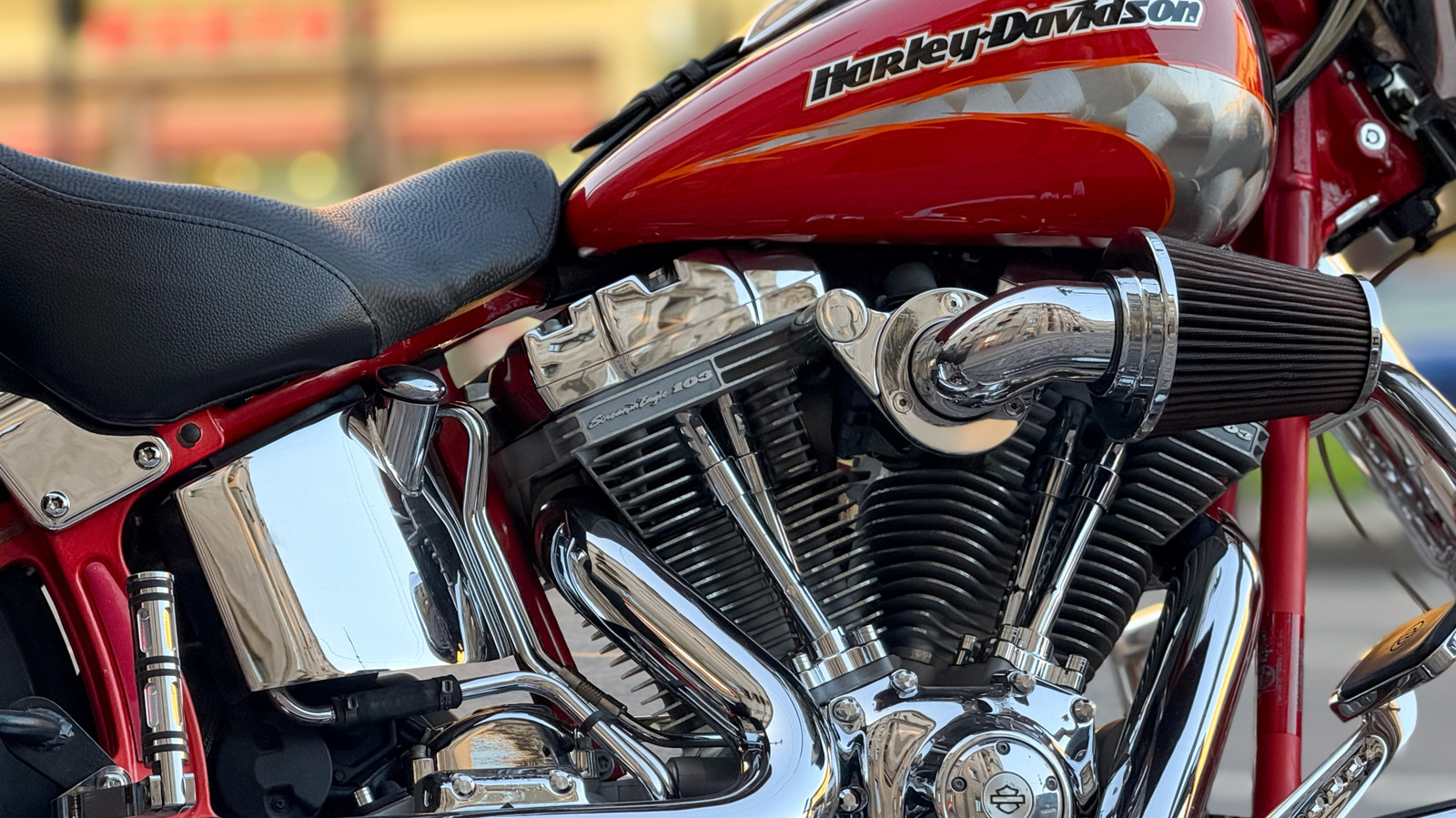 DiPres/Shutterstock
DiPres/Shutterstock
Over the last century, American motorcycle giant Harley-Davidson has put out several iconic engines, each unique enough to have an impact, however small, not only on the company itself but also on the current motorcycle engine market. We've covered many of these engines time and time again, often breaking them down by when they were built, what they brought to the table, and which motorcycles they powered. But rarely have we delved into which of them bikers consider the worst from the company. Well, until now.
Harley-Davidson is known for some of the best, albeit expensive, motorcycles today. However, it did start by making just an engine before designing a whole bike around it. In this respect, engines have always been integral to the company, whether a humble Panhead or Knucklehead, or the more robust Milwaukee Eight that powers most of its current motorcycle lineup. Among this hefty lineup, though, are a few engines that many bikers agree fell short of the glory Harley has carefully crafted over the years. Be it from reliability issues, cheap build quality, poor gas mileage, or simply having a jarringly odd sound, here are some of the worst engines ever used by Harley-Davidson.
1. AMF-era Shovelhead (1969 - 1981)
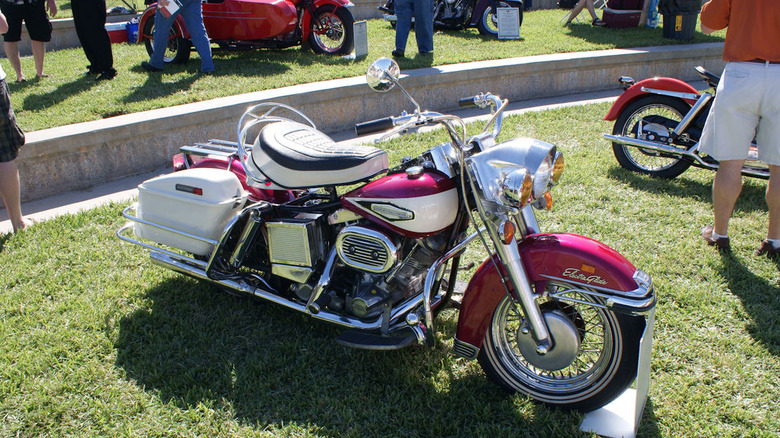 Valder137/Wikimedia Commons
Valder137/Wikimedia Commons
Given its age, it's only natural that Harley-Davidson has had several historical moments that shaped what it is today. Of course, some of these are proud achievements for the company; however, many bikers will tell you that few are as dark as the AMF era, a period between 1969 and 1981 when the company was owned by the conglomerate American Machine and Foundry (AMF). While the details of the acquisition are not as important here, the effects definitely are, including a significant decline in product quality due to workforce cuts.
One of the many products affected here was, of course, the company's Shovelhead engine, which had already been struggling with its own set of issues that seemed to be exacerbated by the company-wide decline in quality. Among these issues, bikers reported overheating due to the engine having only 10 cooling fins on each cylinder and oiling issues caused by oil settling in the crankcase, leaving other parts of the engine without adequate oil.
What's interesting about the Shovelhead, though, is that even after all the hits it took, it still ended up among one of the most beloved Harley engines, partly because the company worked hard to fix many of the issues it had suffered from during the AMF era.
2. End of the AMF-era Ironhead (1980 - 1985)
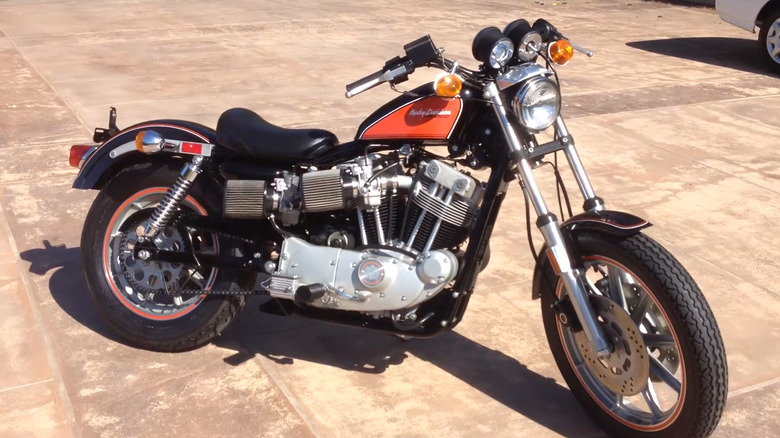 Glenn Bator/YouTube
Glenn Bator/YouTube
Like the AMF-era Shovelhead, the Ironhead released between the end of the said era and the mid-'80s is another engine bikers consider a miss for Harley. The Ironhead in question here came in the Sportster 1000 and was one of the main reasons we included the bike in our list of the least reliable motorcycles ever built. Poor build quality aside, thanks to cheap build materials, the first of the engine's most glaring issues wasn't mechanical failures or the like, but an underwhelming power output.
You see, despite having a 997cc displacement, the 1980 and 1981 Ironhead variants only put out a measly 55 horsepower. However, aside from power issues, the engine also had electrical problems and excessive vibration, the latter caused by its solid mounting. As you would expect, enduring a ride on such an engine was almost a chore because it was so uncomfortable. However, more than that, the vibrations sometimes caused parts to loosen and fall off. It also didn't help that earlier models, especially those introduced in 1979, had already set the stage for disappointment due to oil leaks.
3. Twin Cam 88
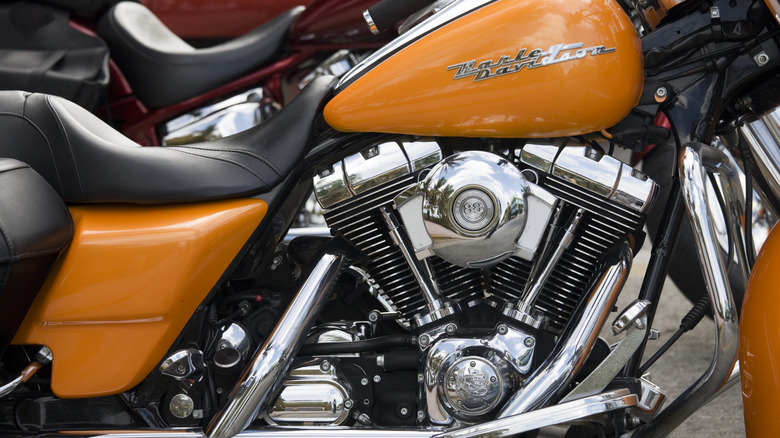 Tim Graham/Getty Images
Tim Graham/Getty Images
While the Ironhead and Shovelhead did have their problems through the aforementioned AMF era, at least they had a chance to redeem themselves, with some, like the Shovelhead, even ending up on many a biker's list as a good Harley engine. The same can't be said of the Twin Cam 88, produced between 1999 and 2006. The engine was so problematic that nearly every Harley it was installed in had issues. These problems included transmission issues, excessive vibration, oil leaks that contaminated other engine parts, and plastic cam chain tensioner shoes that could break from heat and friction generated during regular use.
The cam tensioner issue, in particular, was a major problem, as a broken tensioner shoe could cause its pieces to clog the oil pump mechanism, leading to catastrophic engine failure. Debris from the worn shoes often jammed the oil pump gears, resulting in catastrophic loss of oil pressure. These problems confused many bikers, prompting questions about why Harley couldn't invest in better materials, especially given its position as a premium brand. It seems the company's goal was to cut production costs, but the move backfired badly. Today, the Twin Cam 88 is widely regarded as the worst engine Harley-Davidson has ever produced.
4. Revolution X engine
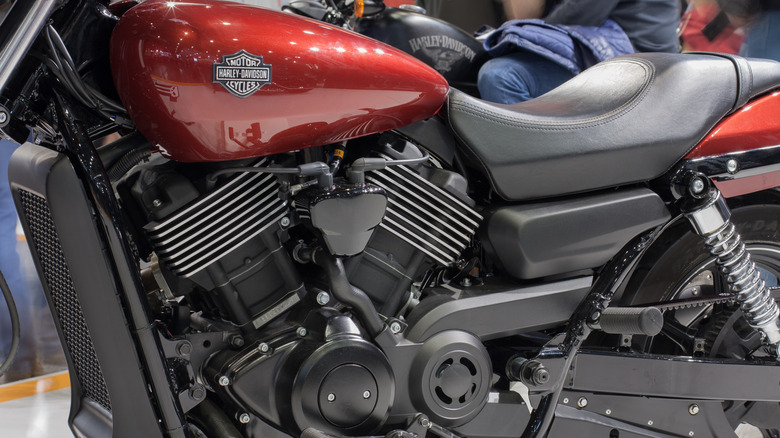 Patrik Slezak/Shutterstock
Patrik Slezak/Shutterstock
Lastly, we have the Revolution X, which Harley featured in its Street 500 and 750 models. One of the first things that bikers noticed about the Revolution X was the fact that the engine didn't have that grunt and rumble that many Harley-Davidson engines are known for. Instead, it delivered a relatively smooth sound that some considered odd for a Harley. While this alone was enough to raise eyebrows among bikers, it would be the least of the problems the Revolution X faced during its early years.
The first of these problems was a miserable power output, particularly in the Street 500, which some found underwhelming. In the Street 500, a bike we counted among the best-handling Harley-Davidsons, the Revolution X produced 30 pound-feet of torque at 3500 RPM and about 32 horsepower. But of course, a low power output wasn't the only issue the Street's Revolution X had, as Harley had to admit that engine malfunctions could occur in 666 Street models, both the Street 500 and the Street 750.
These malfunctions stemmed from a poor seal at the fuel pump inlet, which could cause the pump to fail to supply fuel to the engine during strong acceleration, leading to engine stuttering. The direct result of this could range from an abrupt loss of power on the road to a loss of control and a crash. Harley-Davidson issued recalls and requested dealers to install new fuel pump modules on the affected bikes.
How we selected these engines
 Toni M/Getty Images
Toni M/Getty Images
To compile this list, we reviewed numerous Harley-Davidson engines across the last century, focusing on build quality, reliability, and power output. We also consulted several trusted review magazines and websites for objective feedback on engine performance and checked enthusiast forums to see what seasoned bikers had to say. Additionally, we analyzed news outlets that covered these engines, reporting on aspects like recalls and widespread engine failures. Given Harley-Davidson's strong presence in the motorcycle market and the reputation of its engines, considering factors such as engine sound was also a key part of the compiling process.
